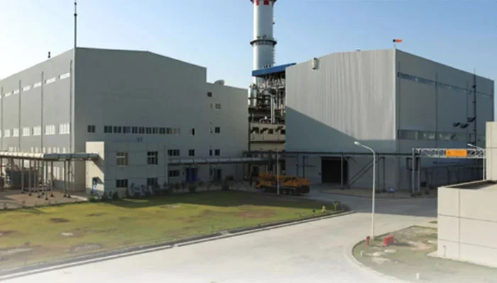LAHORE: Most parts of the country have been experiencing loadshedding, including the forced one, for several hours due to the shortfall widening fast.
People have been suffering from five to 12 hours forced/unannounced as well scheduled loadshedding across the country owing to an overloaded system. The forced loadshedding for another couple of hours is also being observed in various areas falling within service jurisdiction of as many as 1,000 high loss feeders. In Hyderabad, consumers are forced to suffer eight to 10 hours unannounced load management. The situation is worst in the high loss feeders’ areas where the people have been facing 12 to 16 hours power outages daily.
“Besides loadshedding, we have been witnessing power tripping, fluctuation and low voltage issues that are damaging our home appliances in Hyderabad divisional headquarters and the adjoining areas,” Rafiq, of Hyderabad, told this reporter.
“The situation is also worst in the interior Sindh districts,” he added.
Official sources say that the shortfall is widening fast due to reduced hydel generation, and non-availability of adequate regasified Liquified Natural gas (RLNG) meant for several thermal power plants’ operation.
“The total shortfall is increasing fast, forcing the National Power Control Centre to dispatch power to the Discos’ distribution systems less than their actual demand. This is forcing power distribution companies to observe forced loadshedding for three to five hours in urban areas and five to 10 hours in rural areas. The load management in the areas falling in service jurisdiction of high loss feeders is another issue,” an official, requesting anonymity, claimed while talking to Dawn.
He said the system needs 1,100MMCFD of RLNG to keep running the power plants and generating 11,000MW. But unfortunately, the system is receiving only 500MMCFD due to gas crisis. “It means the power plants at the moment are generating only 5000MW,” he said, adding that the system is also facing around 3,500MW less hydel generation due to lowering water storage, especially in Tarbela reservoir.
He said there were almost 17,000 feeders of 11kV capacity across the country that included 500 to 1,000 categorised as high loss feeders.
However, a spokesman for the power division dispelled the impression, stating that the forced loadshedding in the country is being observed for three to four hours due to a 3,200MW shortfall.
“But we don’t count the loadshedding in high loss feeders’ areas (power theft areas) since it is a policy matter to keep observing the loadshedding in such areas irrespective of the availability of electricity or the weather condition (winter or summer),” he argued.
He said the system, irrespective of the high loss areas etc, showed the total demand and supply. “Suppose, if total demand of Pesco, in Peshawar region, is 2800MW, the NPCC will provide 2100MW that means that the shortfall will only be for the high loss areas,” he added.
He admitted that the system is overloaded due to increased demand. “The panic use of electricity is the main reason behind this issue,” he clarified.
Talking to Dawn, an official source in Lesco said the company demand on Wednesday once surged to 5000MW whereas the allocation from the NPCC was 4,300MW or so. “Similarly, on Thursday, the demand touched a figure of 4,750MW. In such a situation, the Lesco has no option but to observe forced load shedding depending upon the demand and supply gap that varies in different timings,” he explained.




